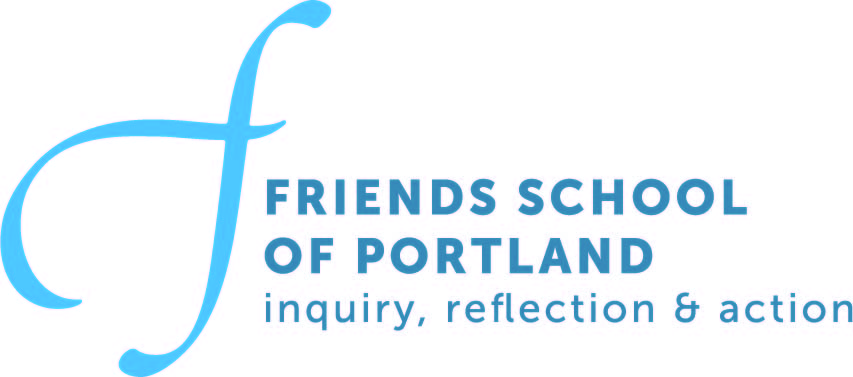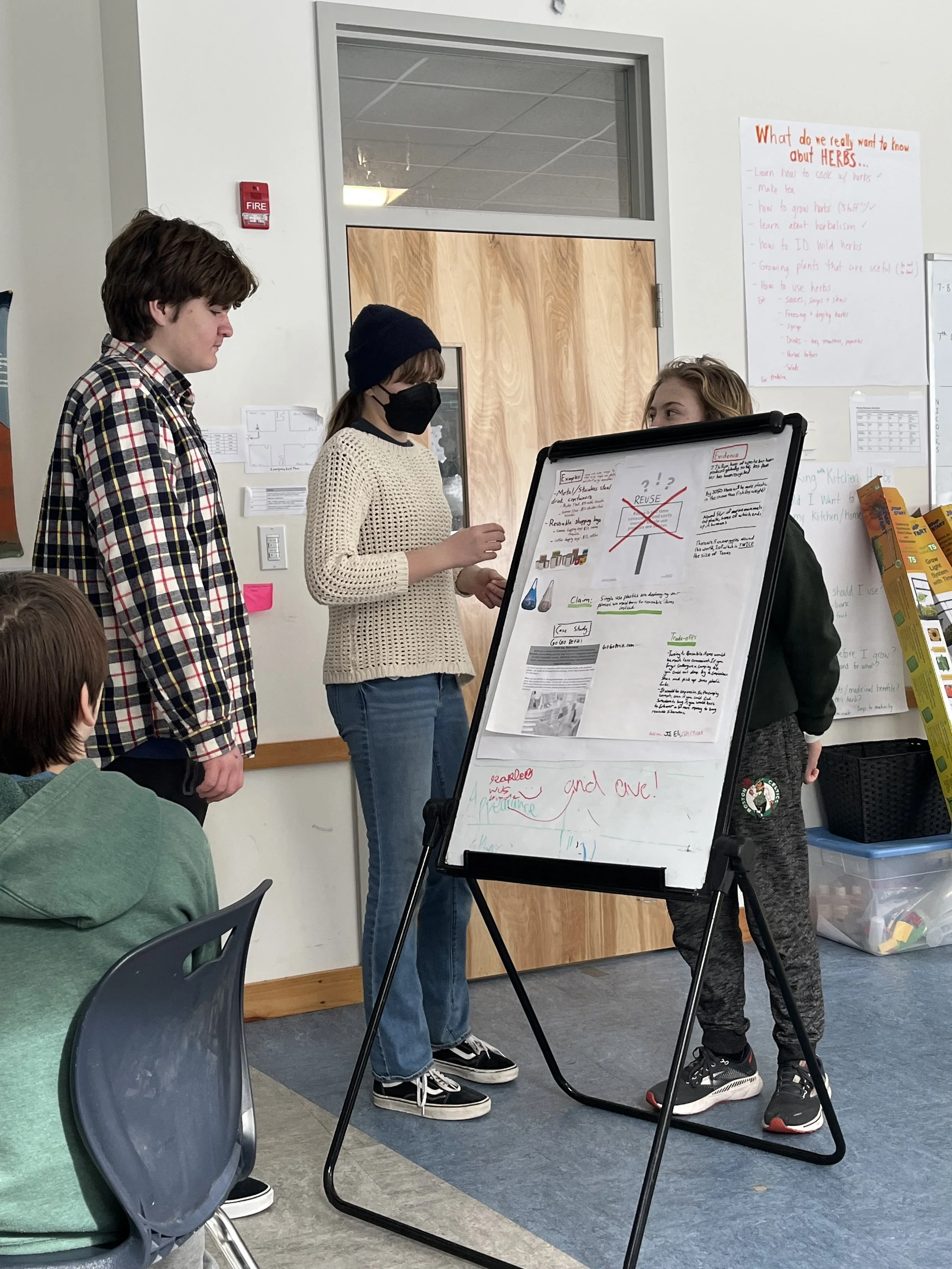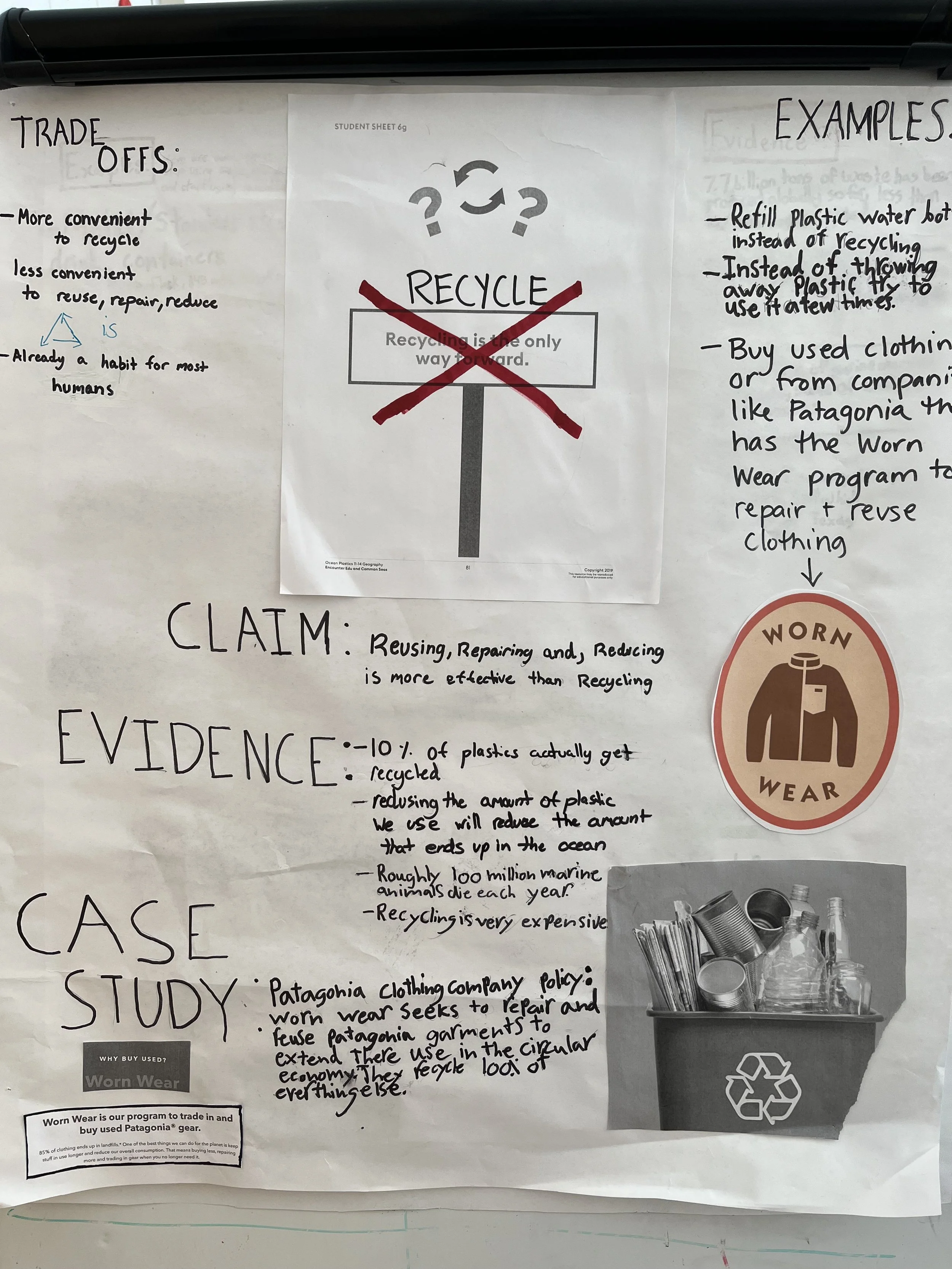What are the environmental impacts of producing, using, and disposing of materials?: A Study of Plastic with the 7-8 Science Classes
What are the environmental impacts of producing, using, and disposing of materials? This is the question that seventh and eighth-grade students have begun to investigate in their Chemistry of Materials unit. This struck their curiosity about how different materials have different properties, which affect their usefulness and impact on the environment.
Students' anchoring question they are investigating is: What is the best choice for making single-use drink containers?
First, students investigated the physical properties of elements, including aluminum, copper, carbon, and iron. They have been able to use this lab to gain a better understanding of the materials: glass, plastic, and aluminum. Students examined the data about each material including the percentage recyclable, pollution created in the process of making the product, cost to produce, and how many products can be made out of a single ton of material.
Students' next steps in their investigation have led them to put their knowledge to work and impact change in their community.
Students are surveying the ways that we at Friends School use single-use plastic items and the ways that we could recycle, reuse, repair, reduce, refuse, and redesign our usage. Students are creating two proposals for the FSP board to review around a ban on single-use plastic items for events and every day use of trash bag liners. Together, students are taking a closer look at the ways that we can collectively be better stewards of our natural world.



